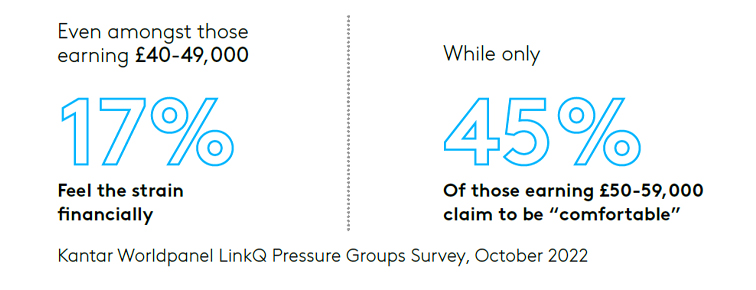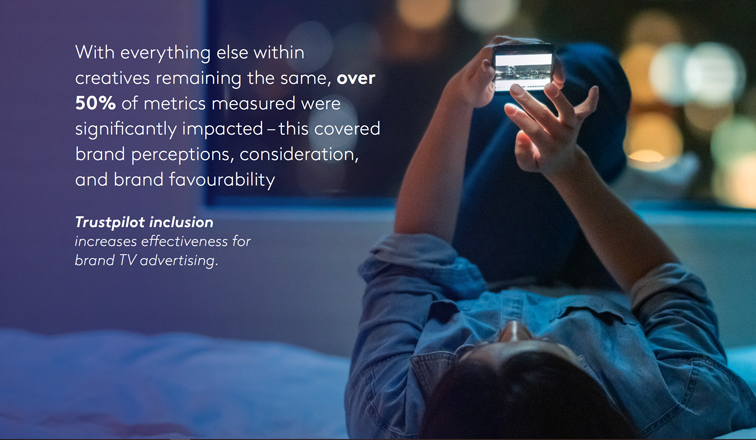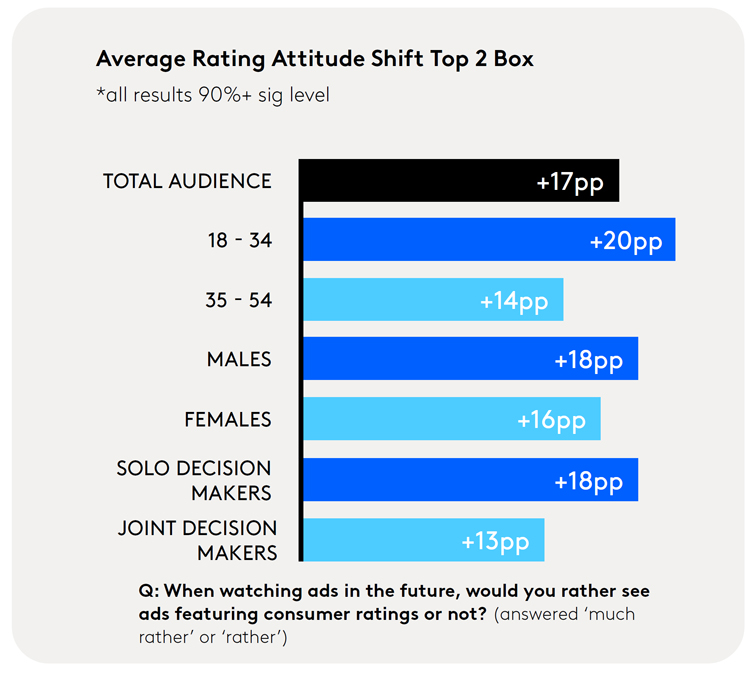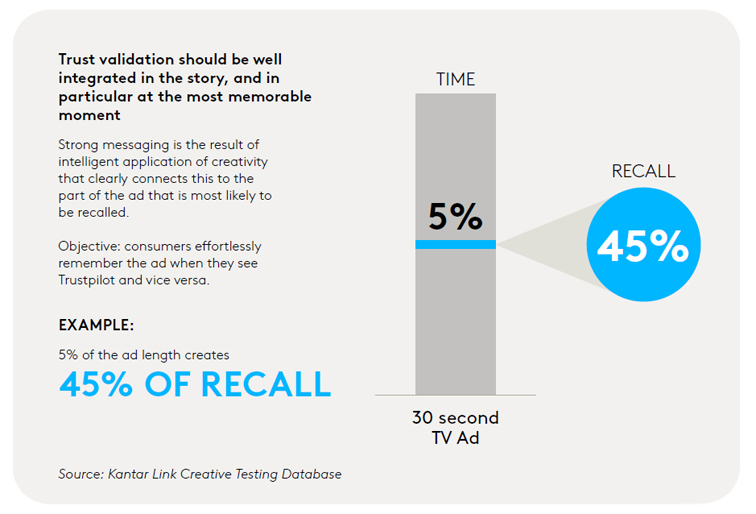In days of yore, advertising was simpler. Brands were, of course, still talking to people and the need for nuance remained in the creation and communication of brand messaging, but the relationship that consumers had with advertising was much more straightforward than it can often be today. Products and services could be shown off, claims could be made (or shall we say created…), and consumers largely trusted the authority of the box or the billboard presented to them at face value.
Fast forward to today and consumers are more switched on than ever. The trend of conscious consumerism – where increased consideration is given to the suitability, sustainability, and broader impact of purchases – means there is less unquestionable trust in brands. Despite year-on-year declines, inflation still sits above the Bank of England’s target level and consumers continue to feel the pinch – this adds even more pressure on people to make ‘smart’ purchasing decisions.

But what goes into making a ‘smart’ decision within these contexts, and how can brands lean into the expectations and requirements of such switched-on consumers? To help understand the drivers of trust, Kantar worked with Trustpilot to measure how their inclusion within TV advertising moved this ever important needle. The study utilised a control versus exposed methodology, where consumers were shown one of eight brand adverts. These 30 second videos spanned four separate industry categories – consumer electronics, financial management, furniture and car retail and each had two versions – the only difference being the inclusion of Trustpilot ratings.
Key results & themes
The results were an eye-opening confirmation that brands today not only need to make bold claims but convince the consumer that they are trustworthy claims. The research showed how including Trustpilot within TV advertising had a positive brand equity impact on all of the brands in question. All measures directionally benefited on average, with some of the strongest overall lifts seen for perceived brand worth, brand confidence, and positive feelings around customer service.

One aspect that saw huge impact across all categories was how consumers felt about ads using this kind of trust validation. People across all demographics displayed an increased trust-seeking mindset, clearly indicating a desire to see more brands feature consumer trust ratings in their TV messaging.

Where ads made explicit trust-based claims, third-party reassurance helped back these up. In one example, voiceover was used to add a helpful ‘quality you can trust’ message. Cleverly bringing in the Trustpilot rating at this moment resulted in the strengthened belief that the brand was high quality. Elsewhere, Trustpilot rating inclusion supported claims of being ‘the UK’s most trusted electrical retailer’, leading to improved confidence in the brand.
Both big and small brands benefitted from the inclusion of Trustpilot ratings, reinforcing credibility and building positive consumer sentiment. Ratings also mattered more when people were already pre-disposed to certain categories, moving these more familiar audience groups down the purchase funnel to favourability and consideration.
Trust validation proved even more important for categories requiring greater financial investment and ‘smart’ thinking. For consumers who share money management with others, the use of Trustpilot ratings by a finance brand had a greater effect versus people who manage their money alone. The rating practically serves as a convincing factor for one decision maker to sway the opinion of another, doing the brand’s job for them. The car retailer brand tested also saw some of the strongest increases from Trustpilot rating inclusion, including a brand favourability uplift of +11 percentage points – the only asset to significantly grow this measure at an overall level.
Best practices to follow
There is undoubtedly a benefit for TV ads that include real world Trustpilot reviews but strength comes in numbers. Verbatim consumer responses clearly undervalued the inclusion of just one consumer’s rating. Its validity was questioned, suggesting the need to contextualise individual testimony as ‘one of hundreds of positive reviews’, or highlighting the brand’s average rating across X number of ratings.
Similarly, our testing uncovered that there are ways to optimise where and when to call out a brand’s Trustpilot rating on TV. Analysis of over 250,000 Kantar creative tests shows how a relatively small part of a video’s length accounts for a much larger share of memorability – it’s within this most engaging part of an ad that trust validation should be integrated.



